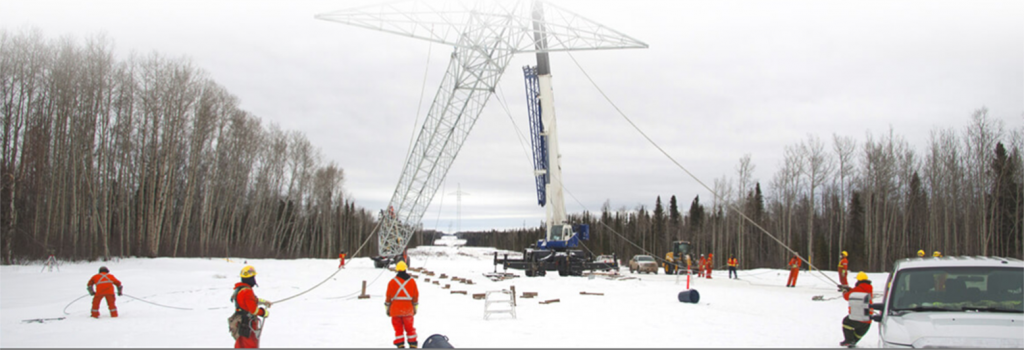OTTAWA — Construction employment in Manitoba is expected to remain at relatively high levels in the coming decade, although it is projected to ease from the record levels it experienced in 2017, states BuildForce Canada’s recently released 2018–2027 Construction and Maintenance Looking Forward forecast.
“The 2018–2027 outlook describes a moderate, but broad-based steady decline in construction, though overall employment should be sustained at relatively high levels,” states the provincial highlights. “Maintaining the industry’s capacity while contending with the retirement of nearly one quarter of the current workforce will keep pressure on the industry to recruit and train new workers in order to avoid a possible skills gap.”
The surge in housing starts led the increase in construction employment levels in 2017, however, new housing activity is expected to cycle down between 2018 and 2024 in line with slowing population growth. Employment demands are expected to continue to ease as current major projects wind down and new housing construction slows. The completion of major hydro and other utility-related projects should also translate into steady declines in engineering construction employment until 2023, indicates the report.
“The Manitoba construction industry has seen a significant expansion over the past decade, with overall employment levels nearly doubling between 2002 and 2017,” the report states. “Record-high labour market activity drove unemployment rates to below seven per cent for most of the last decade, and over the next 10 years, employment should only decline marginally with the completion of the current number of large non-residential projects.”
Manitoba will also be affected by the skills gap with 8,200 of the 39,600 workers currently employed in the trades in the province expected to retire over the coming decade. Overall employment should decline by about 2,600 jobs, or by seven per cent by 2027, with the strongest declines anticipated over the next five years.
According to the report, based on historical trends, Manitoba’s construction industry should be able to draw the required replacement workers from an anticipated pool of 8,400 locally available new entrant workers.











Recent Comments
comments for this post are closed